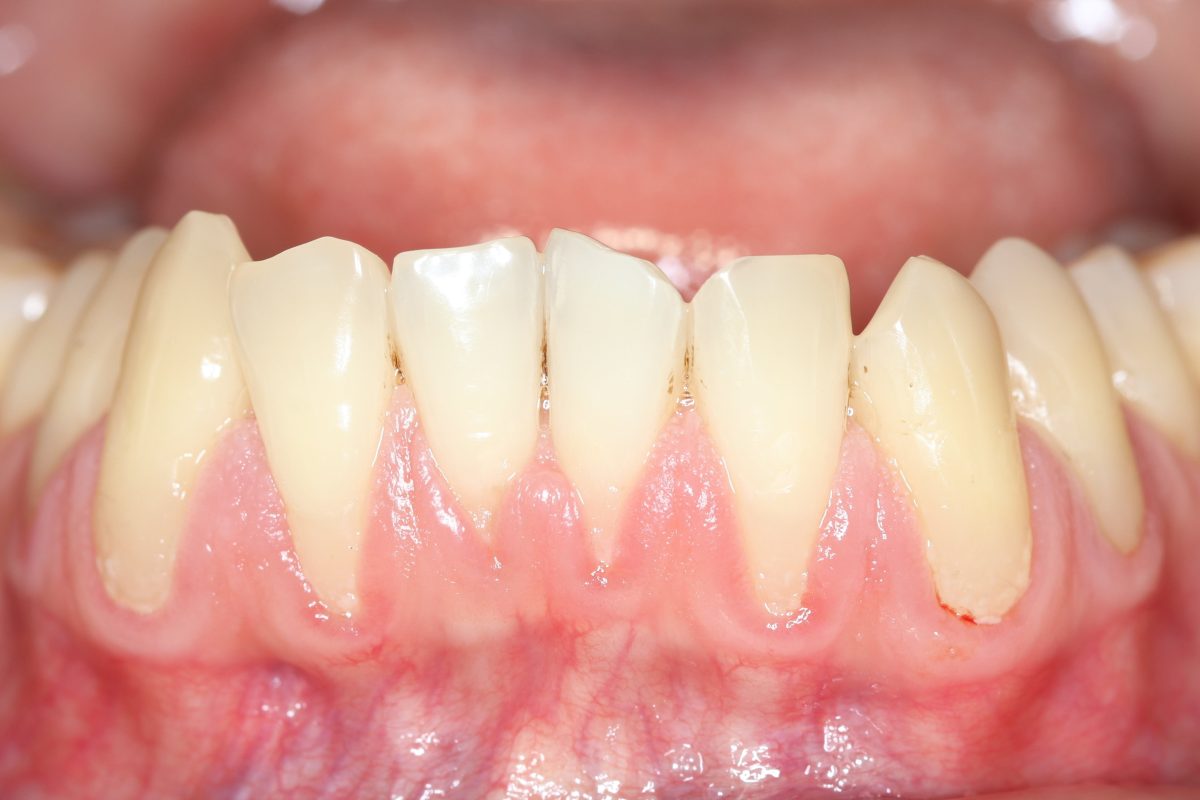As a periodontist, I have seen many patients come to me with concerns about gum recession treatments. While these treatments can effectively restore a patient’s gum line and prevent further damage, there are some potential issues that patients should be aware of. This article will discuss the common problems associated with gum recession treatments and what patients can do to minimise the risks.
The Problem with Pain and Discomfort
Pain and discomfort are among the most common problems associated with gum recession treatments. While the procedures are not painful, patients may experience discomfort during recovery. This discomfort can be managed with over-the-counter pain medications and by following our post-operative instructions. In a small minority of cases, the first line of drugs we provide does not work; in those cases, we will prescribe more potent painkillers.
Swelling and Bleeding
Swelling and bleeding are also common side effects of gum recession treatments. Patients may experience these symptoms for a few days after the procedure, but they should subside on their own. Sometimes, your periodontist may recommend using a cold compress to reduce swelling or special mouthwash to control bleeding.
The Risk of Infection
Any time a surgical procedure is performed, there is a risk of infection. To minimise this risk, it is essential to follow your periodontist’s post-operative instructions carefully. This may include using special mouthwashes or taking antibiotics as prescribed. In addition, if you experience any signs of infection, such as fever or excessive pain, be sure to contact your dentist immediately.
The Issue with Gum Sensitivity
Gum sensitivity is another common problem associated with gum recession treatments. Patients may experience sensitivity to hot or cold temperatures and certain foods and beverages. While this sensitivity usually disappears, your dentist may recommend using a special toothpaste or mouthwash to help manage the symptoms.
Scarring and Slow Healing
Finally, some patients may experience scarring or slow healing after gum recession treatments. While these issues are rare, they can occur. If you are concerned about scarring or healing time, discuss these issues with your periodontist before undergoing any treatment.
Conclusion
Overall, gum recession treatments can be highly effective in restoring a patient’s gum line and preventing further damage. However, there are some potential issues that patients should be aware of. By following your periodontist’s post-operative instructions carefully and taking steps to manage any symptoms, you can minimise the risks associated with these treatments.
As a dentist, I have seen many patients benefit from gum recession treatments. One patient, in particular, comes to mind. She was concerned about the appearance of her smile due to receding gums and was hesitant to undergo treatment. However, after explaining the risks and benefits, we put her at ease, and she ultimately decided to proceed with the procedure. Today, her smile looks beautiful, and she is thrilled with the results.
So why not follow this patient’s example and complete this form to either request more information or book an appointment for an initial consultation.
Get In Touch
Frequently asked questions about gum recession treatments:
- What causes gum recession?
Various factors, including periodontal disease, aggressive tooth brushing, genetics, and hormonal changes, can cause gum recession.
- How do I know if I need gum recession treatment?
Suppose you are experiencing symptoms such as gum sensitivity, bleeding, or recession. In that case, it is essential to see us for an evaluation. Your periodontist can determine if you need gum recession treatment and recommend the best action.
- What are my options for gum recession treatment?
There are several options for gum recession treatment, including doing nothing and gum grafting techniques. Your periodontist can recommend the best option based on your individual needs and the severity of your gum recession.
- Is gum recession treatment painful?
While gum recession treatments can cause discomfort during recovery, they are usually not painful during the operation. Your dentist can prescribe pain medications or recommend over-the-counter pain relievers to manage any discomfort.
- How long does it take to recover from gum recession treatment?
The recovery time for gum recession treatment can vary depending on the type of procedure performed. However, most patients can generally return to normal activities within a few days to a week after treatment. Your dentist can provide more specific information about your recovery time based on the procedure performed.
- How long do the results of gum recession treatment last?
The results of gum recession treatment can be long-lasting, but it depends on the type of procedure performed and how well you take care of your oral health. Proper oral hygiene, including regular brushing, flossing, and dental cleanings, can help maintain the results of your treatment.
- Does insurance cover gum recession treatment?
The coverage for gum recession treatment varies depending on the type of procedure performed and your insurance plan. Therefore, you must check with your insurance provider to determine what treatments are covered under your plan.
- Are there any risks associated with gum recession treatment?
As with any surgical procedure, there are risks associated with gum recession treatment, such as pain, swelling, bleeding, and infection. However, carefully following your periodontist’s post-operative instructions can minimise these risks. Discuss any concerns you may have with your dentist before undergoing any treatment.


